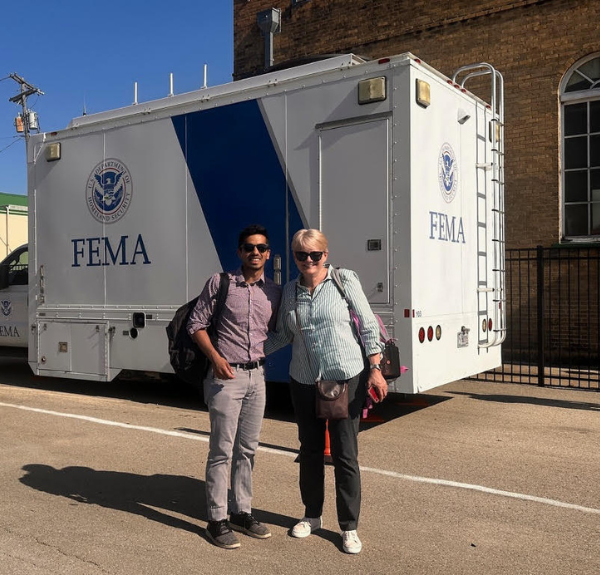The Biden-Harris President’s Management Agenda (PMA) lays the foundation for an effective, equitable, and accountable government that delivers results for all Americans through three main priority areas. The following blog post highlights GSA’s Equity Study on Remote Identity Proofing, which aims to better understand the current state of remote identity proofing products for the public. This supports the work of PMA Priority Two, Customer Experience, and Equity.
Ensuring that government websites and technology are secure and can be fairly accessed by all communities is critical in our increasingly digital world. The U.S. General Services Administration (GSA) is at the forefront of many efforts focused on improving digital security and accessibility and modernizing how government services are delivered to the American people.
As part of this commitment, GSA continually works to reduce algorithmic bias across its portfolio of Technology Transformation Service products. This is particularly crucial for technologies that the American public, including underserved communities, may use to prove their identity when accessing eligible government services and benefits.
Right now, GSA is conducting a study to better understand the current state of remote identity proofing for the public.
Understanding the Purpose
Identity proofing is the process of verifying who an individual says they are. Government agencies, financial institutions, and other organizations often require some type of “proofing” before granting someone access to services. This process typically involves submitting personal identification documents such as a driver’s license, passport, or Social Security Number. Traditionally, hard copies of these documents are examined physically by a human (i.e., in person) to confirm their authenticity.
Remote (i.e., not in person) identity proofing uses modern technology, like facial matching, to streamline this process. GSA’s Equity Study on Remote Identity Proofing explores whether and to what extent remote identity proofing — which the American public increasingly expects and uses — could create unforeseen barriers to accessing government services and benefits for some demographic groups.
Improving Digital Government
GSA has four near-term strategic goals, known as Agency Priority Goals (APGs), including one that focuses on improving the digital government. Consistent with that APG as well as GSA’s commitments under the agency’s 2023 Equity Action Plan, the study is an example of how GSA is prioritizing equitable design practices for an improved user experience when developing and delivering federal digital services.
GSA has welcomed thousands of individuals from diverse backgrounds to participate in recent months. Their experiences are helping to identify potential biases and areas for improvement in identity verification, enabling a more equitable digital government that works better for everyone.
Study participation will remain open until GSA reaches its goal of 4,000 completions. GSA will share results in a peer-reviewed publication, providing a statistical analysis of the performance of proofing checks, like facial verification, across a number of sociodemographic factors — as well as recommended process improvements to enhance access. Findings will inform future efforts at GSA and other federal agencies to advance equity in modern technologies.
Visit the GSA Equity Study for more information and learn more about the Biden-Harris Administration’s whole-of-government approach to advancing equity on Performance.gov.
Stay Informed
Follow along with Performance.gov on LinkedIn and Twitter (X) as we highlight different agencies and their goals. We will continue to update Performance.gov quarterly with progress on agency and PMA priorities and strategies.
Subscribe to our newsletter to receive updates in your inbox.




